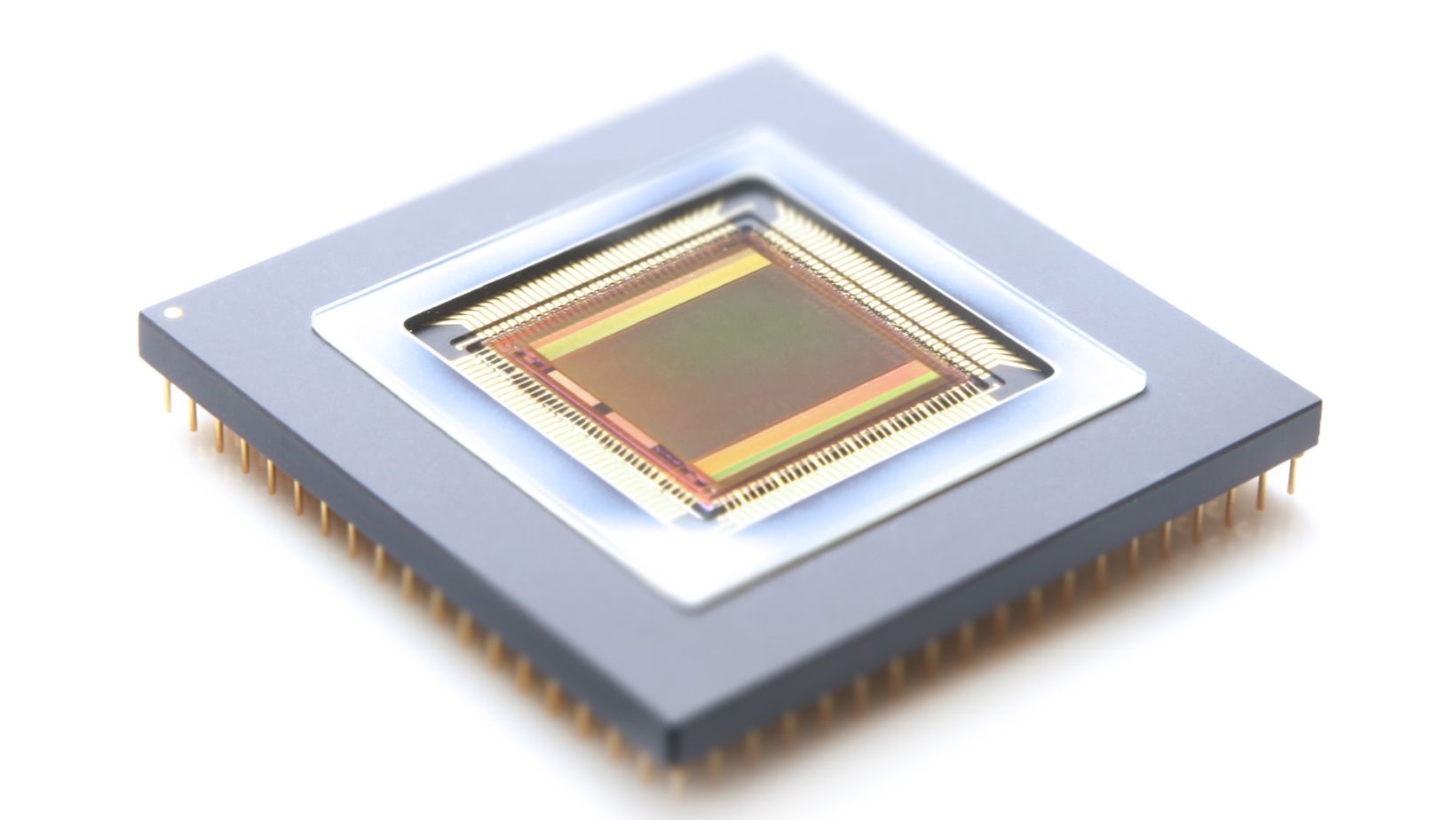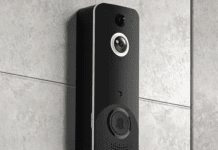Digital cameras took over other cameras due to their high-quality image results and long-lasting printability. The digital visual industry uses a common term called CMOS sensor. CMOS or Complementary Metal-Oxide-Semiconductor sensor is widely used in cameras, including webcams, mobile, and dedicated cameras.
A CMOS sensor converts the light into charged particles to create an image. Different kinds of image sensors are used in various imaging devices. However, in digital cameras, CMOS sensors play the most crucial role. Let’s read some interesting facts about this sensor and how things function on the inner level.
Understanding CMOS
Before diving into the working mechanism of the sensor, let’s understand what it is exactly. A CMOS sensor is a compact chip inside a camera containing numerous fragments that house a photodiode to convert incoming light into electrical signals. The generated signals are then amplified and processed by the sensor’s circuitry, resulting in a digital image that can be displayed, stored, and manipulated later.
CMOS sensors are primarily used in digital cameras and imaging devices. However, these chips are also present in scanners, telescopes, and barcode readers. It is called a “complementary” sensor because it combines n-type and p-type semiconductors in its design, allowing it to work more efficiently and cost-effectively than other image sensors.
Working Of A CMOS Sensor
The photodiodes in a CMOS sensor are sensitive to light and generate an electrical signal in response to the incoming light. This electrical signal is then processed by the sensor’s circuitry, which amplifies and converts it into a digital form. However, it is essential to note that the type of data the camera system transfers to the next phase depend on the sensor type.
In the case of a CMOS sensor, digital signals are transmitted. However, some sensors like CCD require voltage (analog) signals for image production. CMOS sensors have some flexibility for amplifying the received electric signals.
Gain is the term that indicates the amplification applied to the incoming signals. Its adjustment alters the sensor’s sensitivity to light, which helps click photos in varying lighting conditions. CMOS sensors also allow functions like color correction, fill factor, picture uniformity, and noise reduction.
Advantages of CMOS Sensors
CMOS sensors are the most used type of image sensor due to the following reasons:
- Firstly, CMOS sensors have extremely low power consumption. Their energy efficiency makes them ideal for portable devices such as digital cameras and smartphones.
- The compactness of the sensor allows designers to incorporate the component with other modules, like analog-to-digital converters, on a single chip. It leads to compact and cost-effective system designs. Also, the closeness between the elements prevents unnecessary noise and interference.
- CMOS sensors also offer high frame rates, which ensure better image and video quality.
- You can use these sensors in various applications, from aiming systems to photography to healthcare and biometric applications.
Final Verdict
Imaging devices use various image sensors. However, CMOS is the most common due to its characteristics like energy efficiency, cost-effectiveness, and flexibility. Moreover, they generate high-quality images that you can store, display, and process in various ways.
With the ongoing technological advances, CMOS sensors will likely play a key role in developing digital imaging for years to come.









